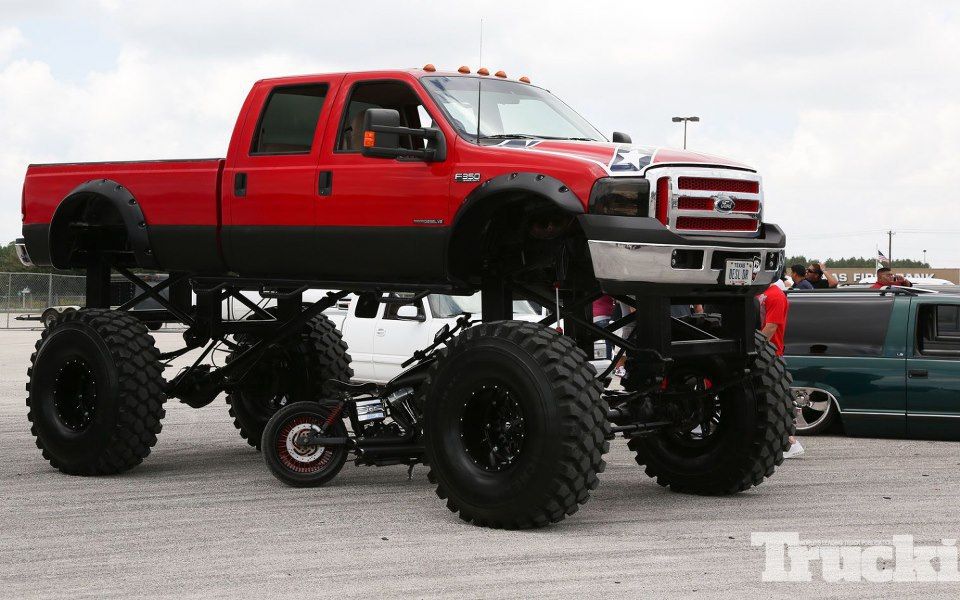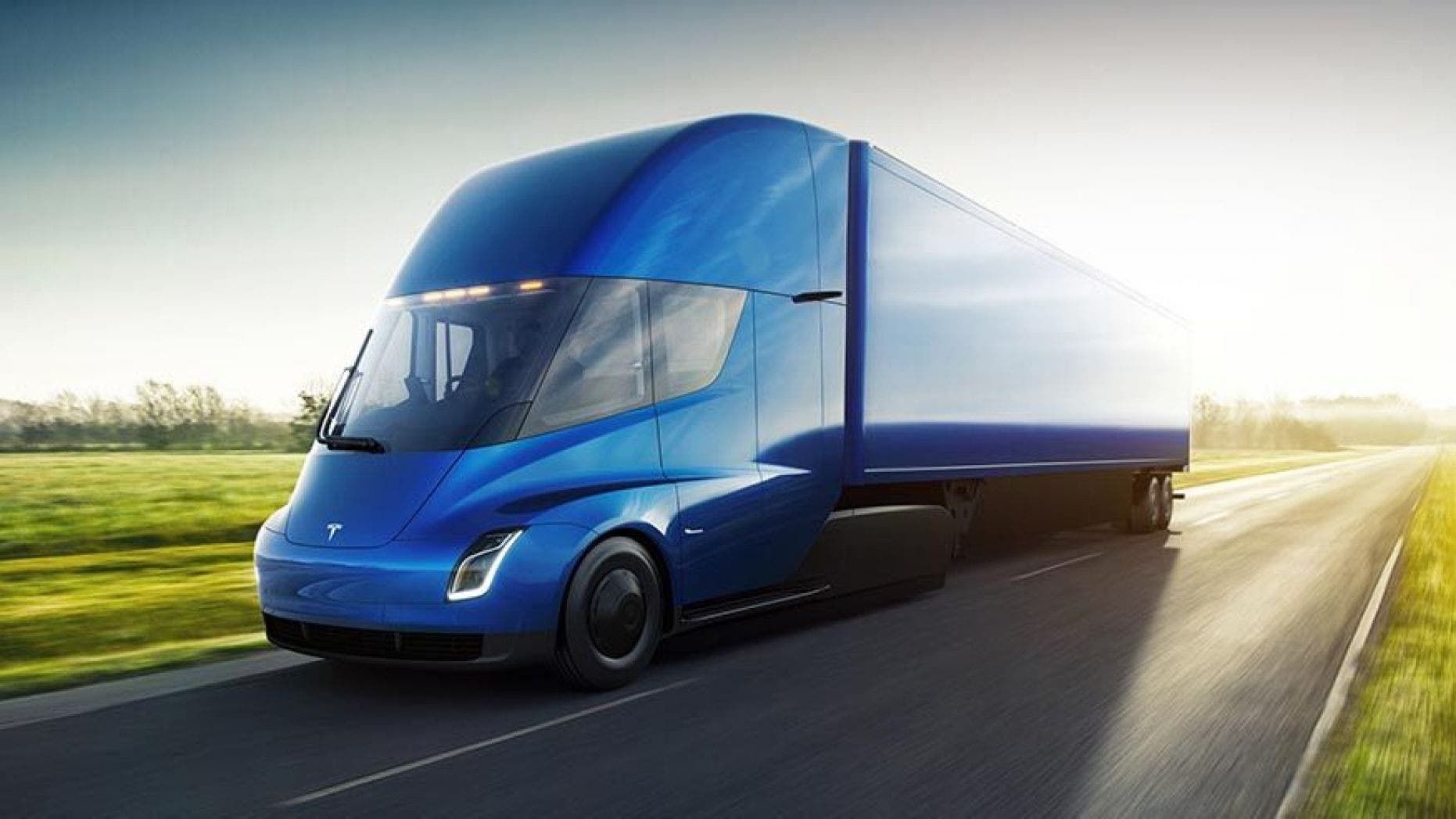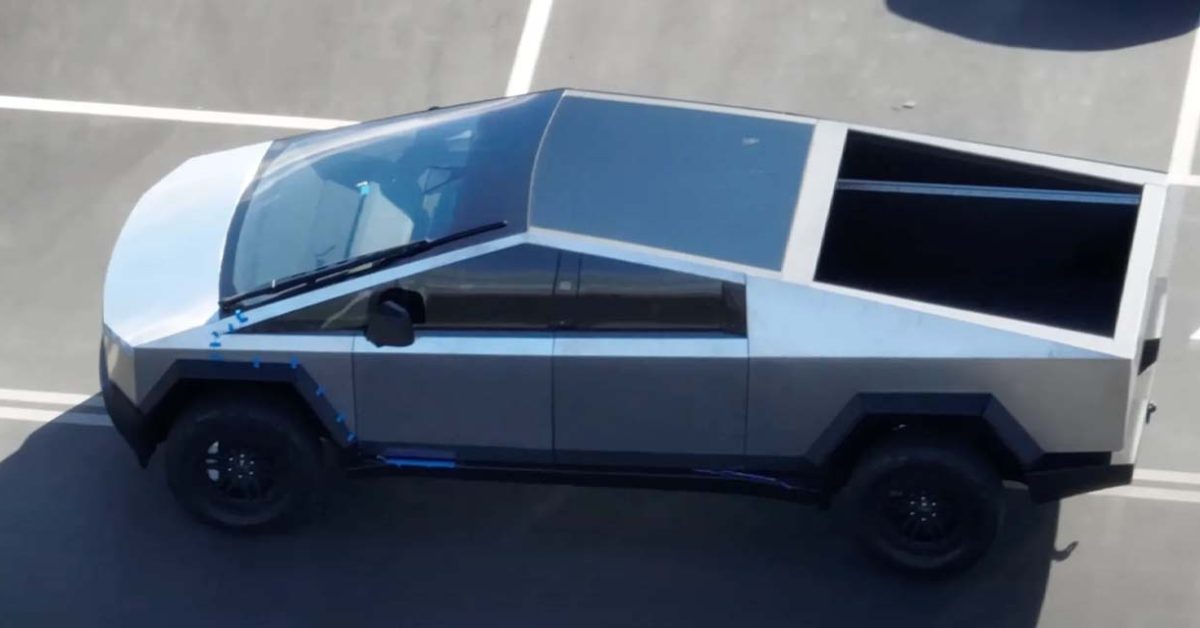Joey D
Premium
- 47,950

- Lakes of the North, MI
- GTP_Joey
- GTP Joey
It's largely going to depend on when it comes out and how much it costs. Say it comes out next year at a price of $60k, then 3,000 units a month for the first year is likely good since that seems to be the benchmark at this point. It's hard to tell what the market will do though.How many units per year would the Cybertruck need to achieve in order for you to consider it a success?
There are far more reasons to buy the Ford over Tesla, the main one being that the F-150 is a tried and tested platform. Yes, the Lightning isn't exactly the same as the ICE version, but Ford has had decades to perfect the design of the truck, and it pumps more money into it than any other product. The second is a dealer and service network. I live in BFE Michigan, and there's a Ford dealer and service center 6 miles away in what passes here for a town. The nearest Tesla showroom and service center is 200 miles away. I get that the maintenance on an EV isn't nearly as involved as an ICE vehicle, but you're still going to need it serviced and Tesla just hasn't been around long enough to build a service network. The third thing is accessories and aftermarket. I'm not talking about lifts or anything like that, but actual utility stuff like toolboxes, bed racks, and things like that.The demand will be there, even if you personally do not understand the appeal of Teslas software and durable exterior panels. I understand the disadvantage of having a smaller tray... But as far as I can see, this is the only legitimate reason to buy a Ford Lighting instead.
The final thing is usability. All pick-up trucks look the same because that's the design that works the best. If there was a better design, it would've been figured out by now. Deviating from that merely to change up the look will result in a loss of usability. An F-150, Silverado, or Sierra EV will all be more useful as a truck than the Tesla. This is why I say people who treat trucks as a fashion accessory would be the ones considering a Cybertruck, but those who use a truck as a truck likely won't which is a relatively small market. For a long time this wasn't the case since it seemed like everyone was buying a pick-up, but those people have now moved on to some flavour of crossover.



